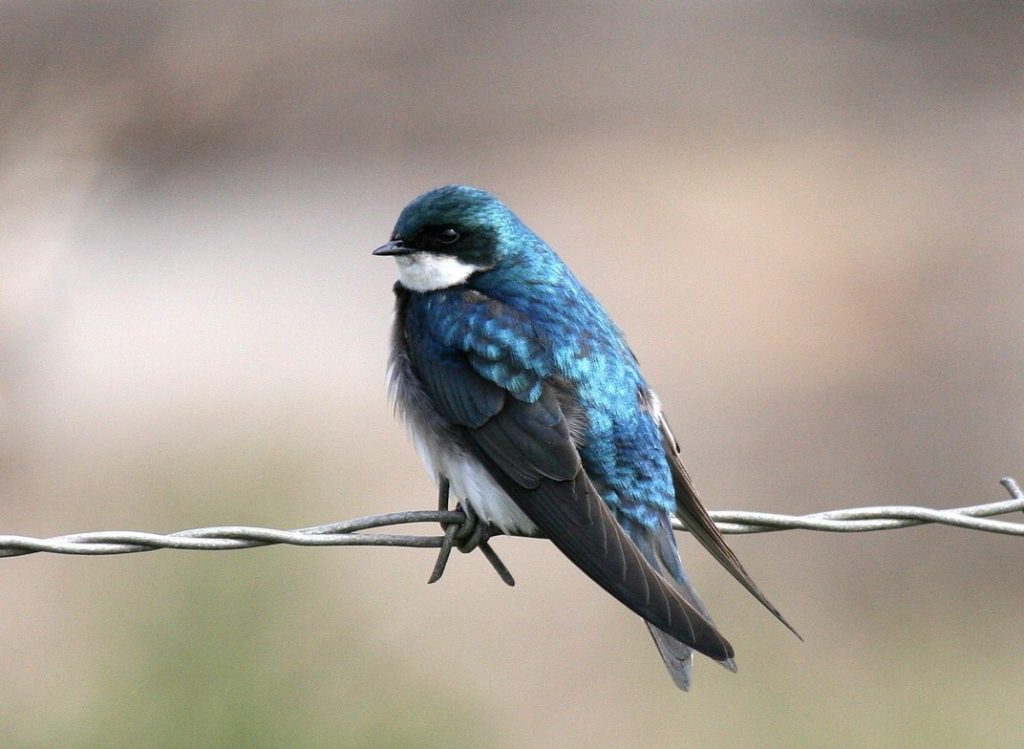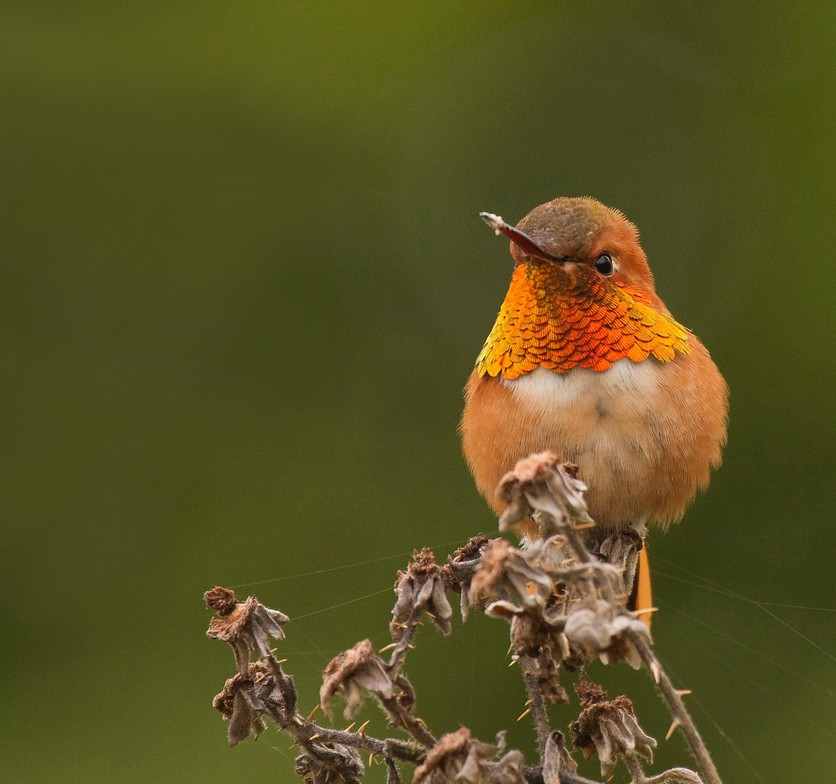May 5,2020





Hello Knox submitted by Peter Candido – Photos by Peter Candido
Most of us are currently spending a lot of our time in and around home, and if you have baked enough bread and are looking for new activities to keep you occupied, this may be a good time to learn about some of the common birds that you can observe during your neighbourhood walks and in city gardens and parks in the springtime.
Tree Swallow The first Tree Swallows typically return to Vancouver in early March from their wintering areas to the south. They are a glossy deep blue above and white below. Tree Swallows can be found in many of our parks such as Iona Island Regional Park, Jericho Park, Burnaby Lake and others, where they lay claim to some of the many nest boxes erected for them. Swallows are aerial insectivores, i.e. they feed on insects which they catch on the wing.
Rufous Hummingbird Another spring early bird is the Rufous Hummingbird, which winters in Mexico and the US southeast. These feisty little birds return to us in March, when the blooming salmonberries provide them with a source of nectar. Though tiny, these birds are quite hardy and their summer range extends all the way up through BC and into Alaska.
Anna’s Hummingbird This is the hummingbird which you are most likely to be see at your feeder in the city. Anna’s Hummingbird is resident here year-round, and is hardy enough to make it through winters when we receive large amounts of snow. Remarkably, Anna’s Hummingbirds begin nest-building here in mid-winter, e.g. February, and the female does all of the construction (the tiny nest is about the size of a golf ball) and rearing of the young as with other hummingbirds. The males sing their high-pitched, squeaky song from mid-winter through to summer, usually from a prominent perch on top of a small tree or bush. Anna’s Hummingbird expanded northwards into BC from California, Oregon and Washington quite recently. The first breeding record in BC was not confirmed until 1986, but the species has increased exponentially since, mainly along the south coast. This expansion may have been aided by our extensive planting of non-native flowering trees and shrubs, and also by the many sugar-water feeders we humans have put out. The photos here show two views of the same male Anna’s Hummingbird. The colour of the bright purplish-red cap and gorget comes from refraction and reflection of light from special feather structures rather than from pigments. This is why the feathers can look black from some angles, as seen here.
Spotted Towhee This species is a permanent resident in our area rather than a migrant, so you can find them here throughout the year. The Spotted Towhee is related to our native sparrows, and is mainly a ground feeder, scratching in the understory of forest edges, hedgerows and gardens for seeds and insects. It clears litter by scratching with both feet at once, hopping up and down. Towhees are skulkers, usually keeping close to cover near the ground, but are common in gardens and parks in the city. With patience and if you remain quiet, they will often come into the open and give you decent views. To me, their most striking feature is their bright red eye.
